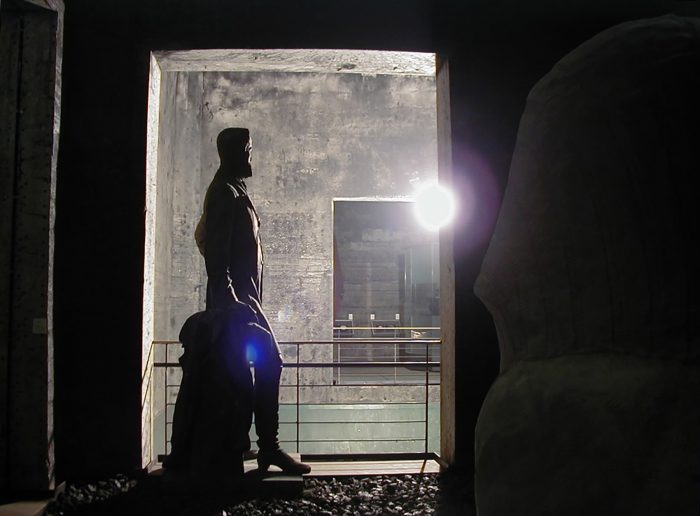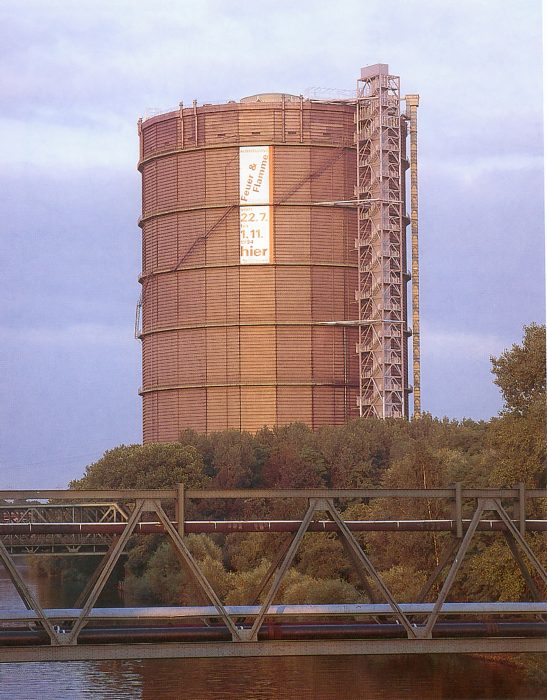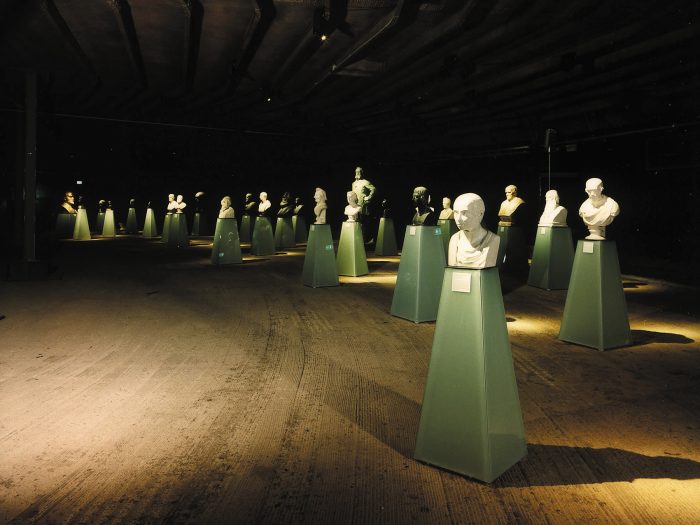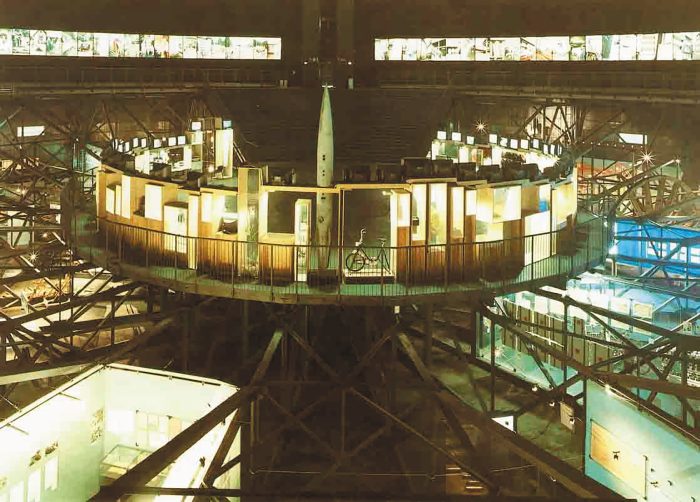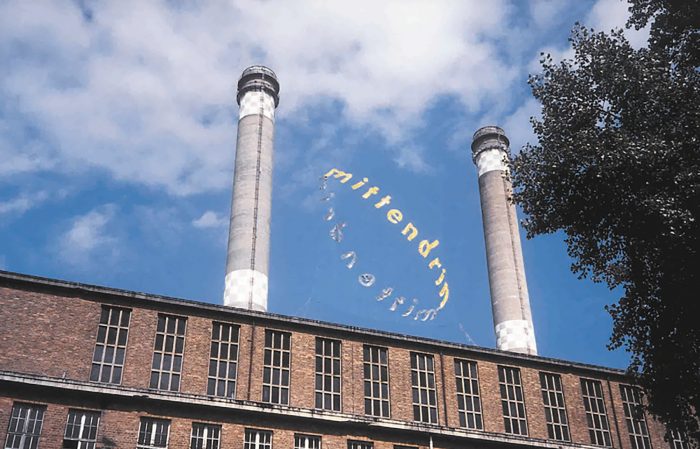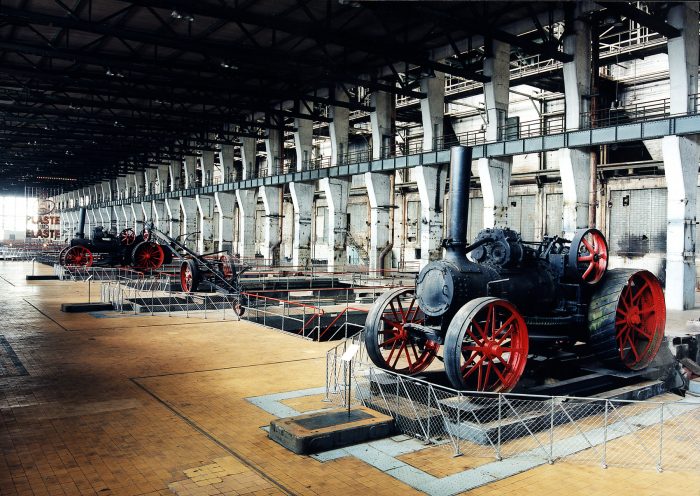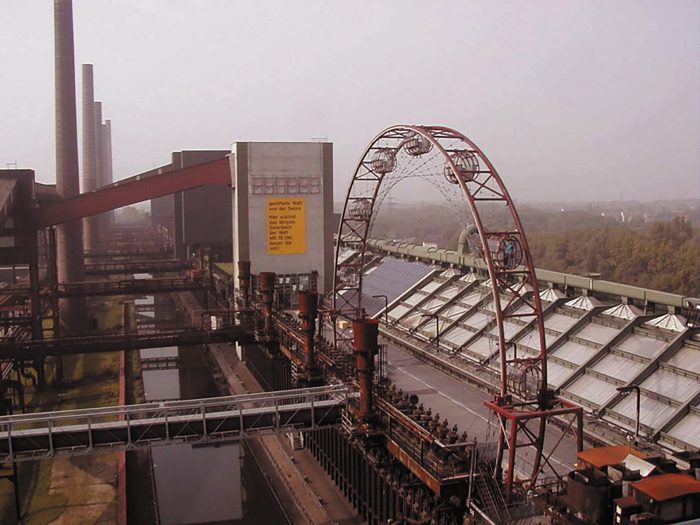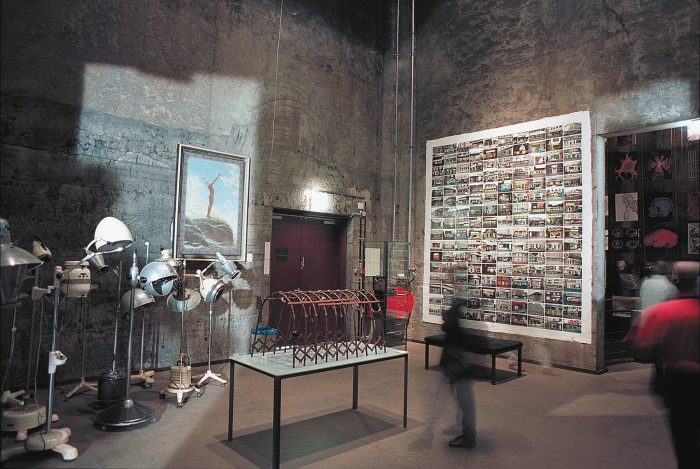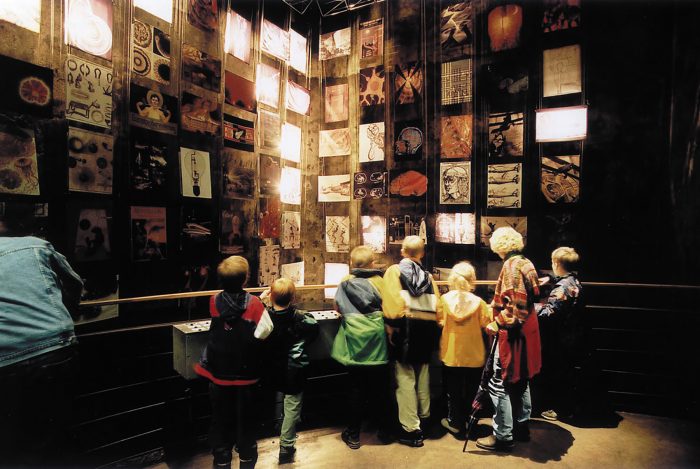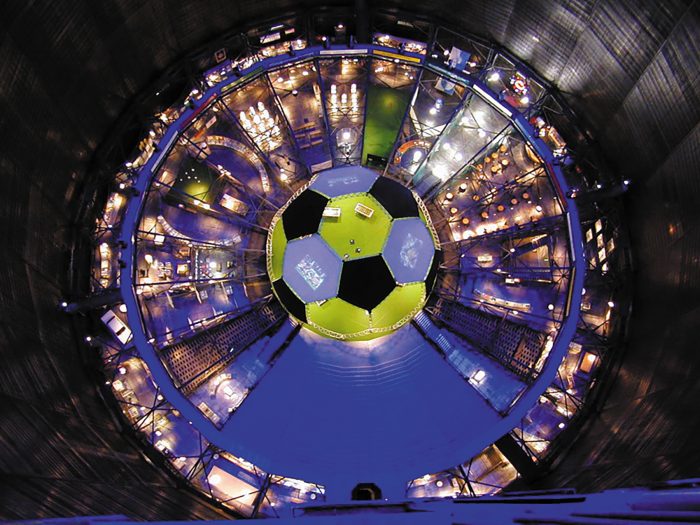Lecture by Prof. Jürg Steiner at the National Historic Museum, Rio de Janeiro
On October 10, 2002, Jürg Steiner gave a remarkable lecture during the congress celebrating the 100th anniversary of the National Historic Museum in Rio de Janeiro, Brazil.
In his talk, Jürg Steiner described how, over the past ten years, numerous decommissioned industrial facilities in Germany have been transformed into spaces for a wide variety of cultural uses. The goal of these transformations was to put the sites to economically meaningful use while avoiding their demolition. Under German law, demolition would have required the complex and costly removal of all toxic materials from the buildings and the soil.
These buildings are able to support historic exhibitions in another way than museums do. Like a film set, but filled with the aura of an original exhibit, a new way of synchronizing the objects with the galleries is to be found.
Some outstanding examples of these successful repurposings include:
- The Gasometer in Oberhausen in the Ruhr Valley – Europe’s largest gas storage facility, converted into a public exhibition space in 1994. Since then, six major exhibitions have impressively demonstrated the suitability of the 110-meter-high structure, including „Fire and Flame – 200 Years Ruhr Region“ and „The Ball is Round – The Football Exhibition“.
- The old power station in Vockerode, near Dessau, which was used as a temporary exhibition venue in 1998, including for the exhibition „mittendrin – Saxony-Anhalt in History“.
- The Zollverein Coking Plant in Essen, which hosted historical exhibitions in 1999 and 2000 under the title „Sun, Moon, and Stars – Culture and Nature of Energy“.
Further examples of such “mises en scène”, whether temporary or permanent, will explain the methods of design, and show the dramaturgical, story-telling way of working in such projects.
The full lecture is available here as a PDF.
Collaboration:
Maike Pagel
Anke Schorsch
Martin Schoch

